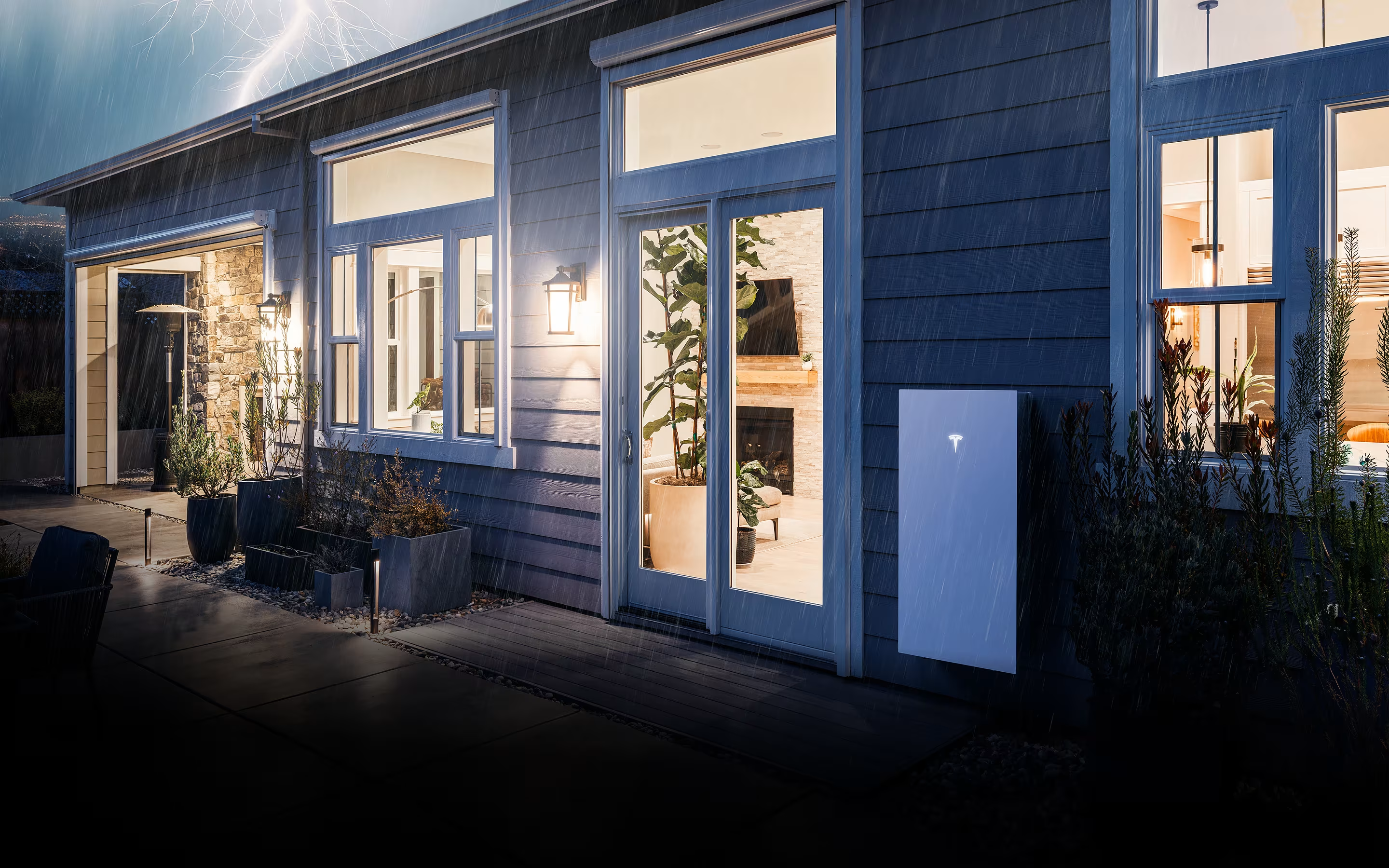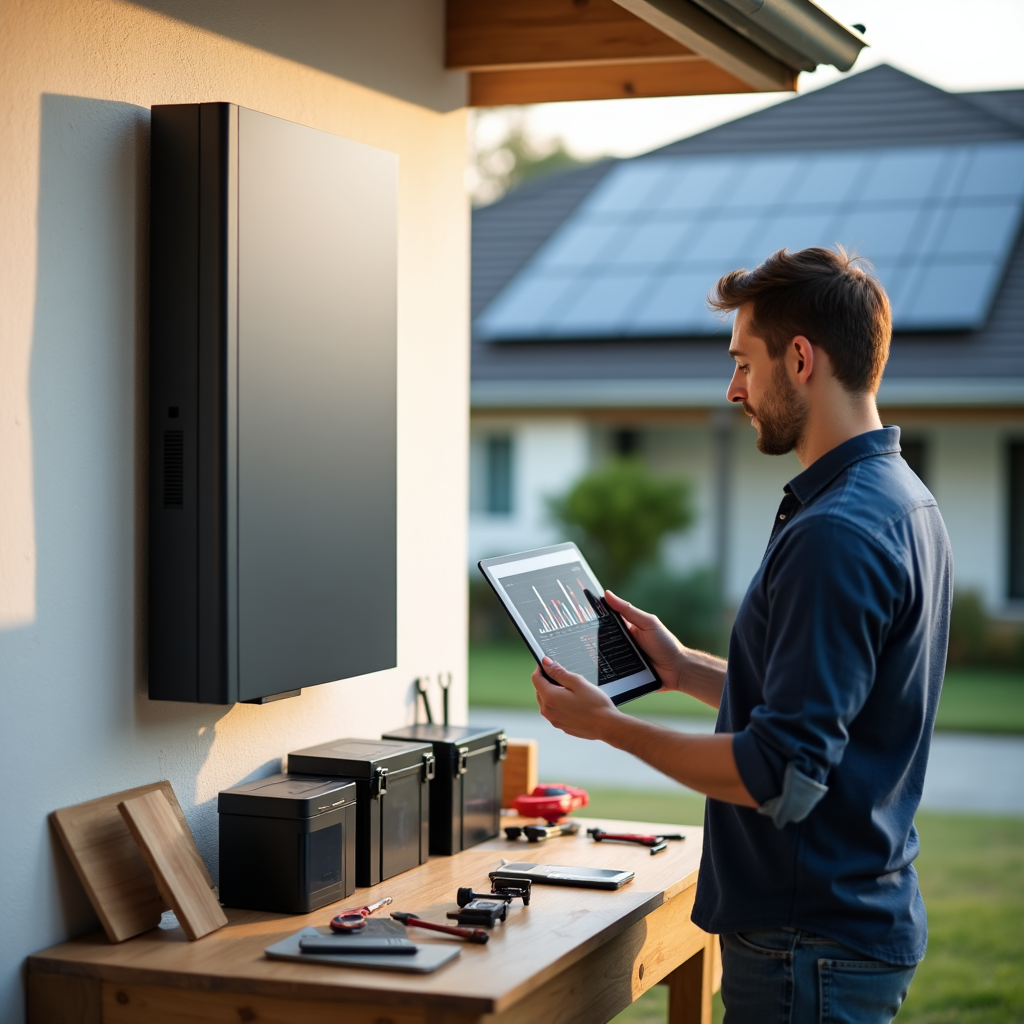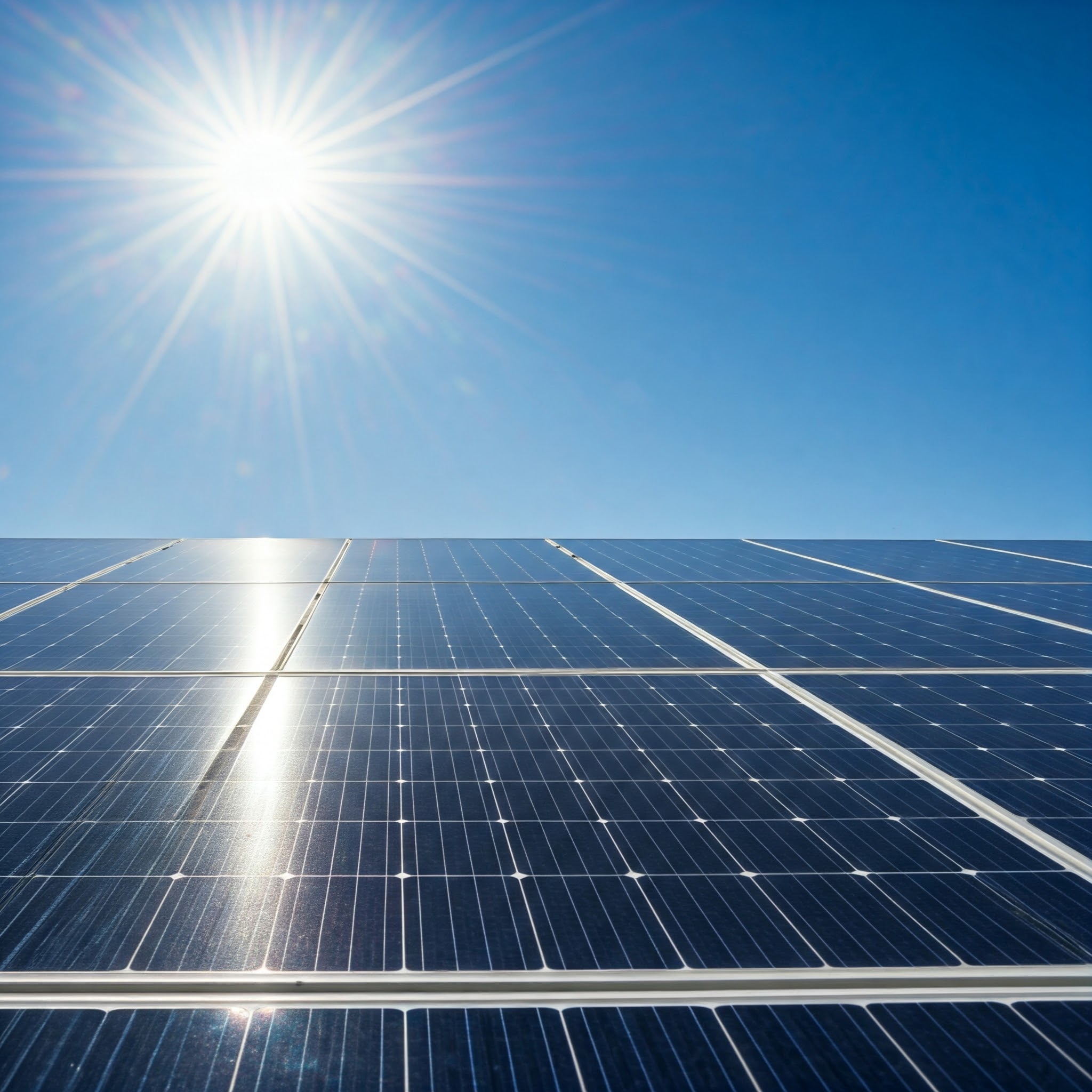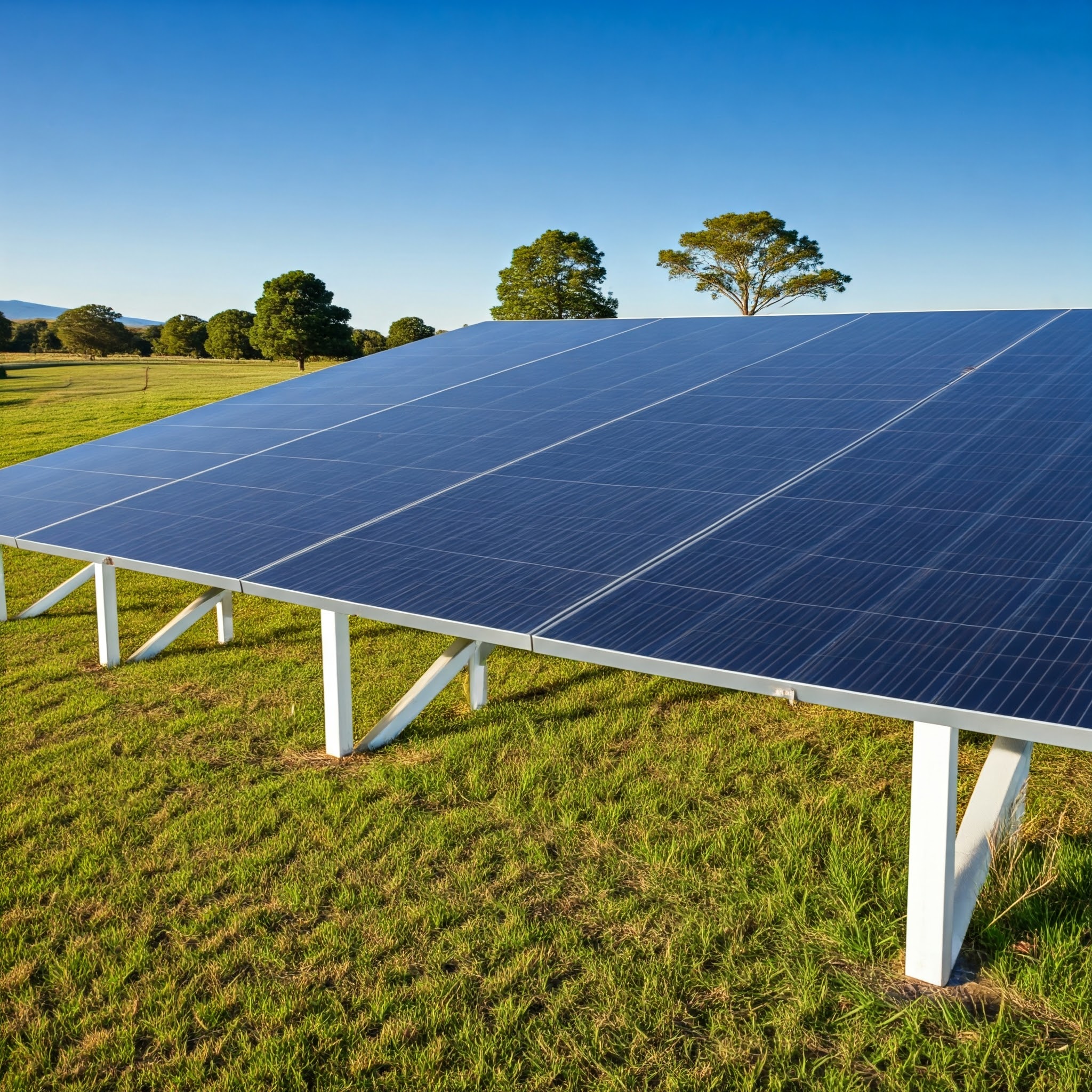Want to reduce your energy bills in 2024? Queensland’s solar power rebate schemes can help you save thousands on solar installation. Many Queensland households now cut their upfront solar costs by 30-40% using government incentives.
The Queensland solar rebate system can be complex. Most people find it difficult to understand STC calculations, eligibility requirements, and application processes. This piece will help you understand how the solar rebate works in Queensland. You’ll learn to calculate your potential savings and maximise your benefits in 2024. Our guide covers everything you need to know about claiming your Queensland government solar rebate, whether you’re new to solar or ready to install.
Understanding Queensland’s Solar Rebate Landscape
Queensland stands at the forefront of Australia’s solar revolution. More than one in three homes now have rooftop solar panels. The state’s solar generation capacity exceeds 5.3 GW, which matches what its four largest coal-fired power stations can produce.
Queensland residents can benefit from two main solar incentives. The federal Small-scale Technology Certificates (STCs) help save money upfront. Feed-in tariffs provide ongoing rewards when you send extra energy back to the grid.
Current available rebates and incentives
STCs can save you money through point-of-sale discounts. A typical 6.6kW system in Brisbane can get you about $3,756.73 in STC discounts. The feed-in tariffs vary based on where you live:
- Regional Queensland: 12.377 cents/kWh minimum
- South-east Queensland: 4-6 cents/kWh (voluntary rate)
How the STC scheme works in 2024
Your STC calculation depends on three factors:
- System size
- Installation location
- Installation date
Queensland-specific solar zones and ratings
Queensland spans three distinct STC zones, and each zone comes with different rebate values. Most of Queensland’s land sits in Zone 1, but most people live in Zone 3, which covers Brisbane, Gold Coast, and the Sunshine Coast.
This zone system reflects the solar radiation levels in different areas. People living in northern Queensland get more STCs than those in the southeast because their systems generate more renewable energy.
Calculating Your Potential Rebate Value
Let’s look at how to calculate your Queensland solar rebate value. The calculation uses a simple formula: System size (kW) x Zone Rating x Deeming Period = Number of STCs.
STC point calculation method
Three main factors determine your STC points:
- Your postcode zone rating
- Current deeming period (years until 2030)
- Solar system size in kilowatts
Each STC trades between AUD 53.51 and AUD 61.16, with an average value of AUD 58.10 per certificate.
System size effect on rebates
Your solar system’s size directly determines your rebate value. Here are typical rebate values for South East Queensland:
| System Size | STCs | Rebate Value |
|---|---|---|
| 5kW | 41 | AUD 2,507.54 |
| 6.6kW | 54 | AUD 3,302.62 |
| 8kW | 66 | AUD 4,036.53 |
Location-based rebate variations
Your rebate value changes by a lot based on Queensland’s solar zones. The state has three different zones with unique ratings:
- Zone 1: 1.622 rating
- Zone 2: 1.536 rating
- Zone 3: 1.382 rating
A system installed in northern Queensland (Zone 1) will generate more STCs than a similar system in Brisbane (Zone 3), especially when you have higher solar radiation levels. The federal solar rebate in Queensland helps reduce upfront costs by up to a third.
Step-by-Step Rebate Application Guide
Here’s a simple breakdown of how to claim your Queensland solar rebate. We’ve made the process easy to follow.
Eligibility requirements and documentation
Your system must be under 100kW and installed by a Clean Energy Council (CEC) accredited installer to qualify for solar rebates in Queensland. You’ll need these documents:
- System documentation:
- Solar installation quote or invoice
- Proof of identity
- Property ownership documents
- Electrical safety certificates
- System technical specifications
Working with approved installers
We suggest choosing CEC-accredited professionals as your installers. They meet strict standards and know the rebate process well. Your installer will typically:
- Calculate your STC rebate amount
- Deduct it from your installation cost
- Handle the paperwork for you
Common application mistakes to avoid
Our experience shows several issues that can affect your rebate. Here are the main areas you should watch:
- Documentation Errors: Missing or incorrect paperwork is the biggest problem. Check all your forms carefully before you submit them.
- Timing Issues: You must install your system within 12 months of creating STCs. You might lose your rebate chance if you don’t.
- Installation Requirements: Your system needs to meet all Australian standards. Make sure all components appear on the Clean Energy Council’s approved list.
Your system will need a safety inspection right after installation. This detailed check covers both your new solar system and existing rooftop setup.
Maximising Your Solar Rebate Benefits
Let’s look at ways to get the most out of Queensland’s solar rebate system now that we’ve covered the basics. You can use several smart approaches to maximise the value of your solar investment.
Timing your solar installation
Small-scale Technology Certificates (STCs) lose about 7% of their value every January 1st. You’ll find great advantages when you install your system during late summer or early autumn:
- Weather conditions are perfect for installation
- You can get better deals when demand is low
- Your system will be ready for energy-intensive summer months
Combining multiple incentives
Your savings can jump significantly when you stack different incentives together. The Queensland Government has put AUD 500 million toward large-scale solar development. Local programmes add even more value:
- Feed-in tariffs from electricity retailers
- Community renewable energy programmes
- Local council sustainability grants up to AUD 15,289.90
Future-proofing your investment
Smart long-term strategies will help you boost your solar system’s value. Queensland wants to reach 80% renewable energy by 2035. This makes future-proofing a vital part of maximising returns.
To get the best long-term benefits:
- System Sizing: You should install extra panels or pick an inverter that allows future expansion if your roof has space
- Battery Integration: Think over adding battery storage to:
- Store excess daytime power
- Use stored energy when rates peak
- Keep power running during outages
- Grid Connexion: Renewable Energy Zones are making power more reliable across Queensland, New South Wales, and Victoria
These strategies help you save money now and prepare for Queensland’s changing energy world. Your solar investment will become more valuable as time passes, thanks to the state’s dedication to renewable energy.
Conclusion
Queensland homeowners can save substantially by switching to clean energy through solar rebate programmes. Our detailed analysis shows that combining STCs with feed-in tariffs cuts upfront costs by 30-40% and provides ongoing benefits.
Your rebate amount depends on your zone rating and system size. The year 2024 still offers excellent opportunities for Queensland residents to benefit from these incentives, even though rates decrease yearly. Your rebate success largely depends on proper installation timing, complete documentation, and partnerships with certified installers.
Queensland aims to achieve 80% renewable energy by 2035, which makes solar investment a smart choice now. The right system size and potential battery integration will improve long-term returns while supporting the state’s clean energy goals.
Note that each property has its own energy needs and solar potential. We suggest talking to qualified solar professionals who can evaluate your specific situation and guide your solar investment decisions.






